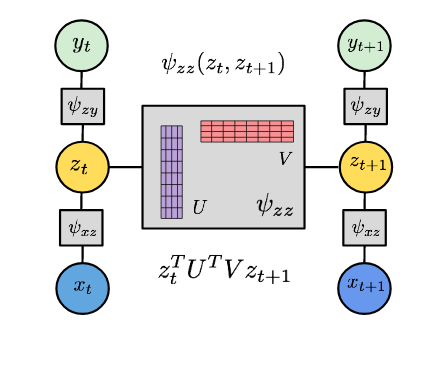Dung (June) Thai
I’m a 4th year Ph.D. student at UMass Amherst, advised by Prof. Andrew McCallum.
My research focuses on knowledge-informed language models and their applications for knowledge base completion and question answering. I'm intrigued by how models pre-trained with MLM objective perform so well on a wide range of tasks and would like to explore their capabilities when paired with semi-structured data such as knowledge graphs.
Previously, I earned B.S. in Computer Engineering from HCMC University of Technology, Vietnam.

